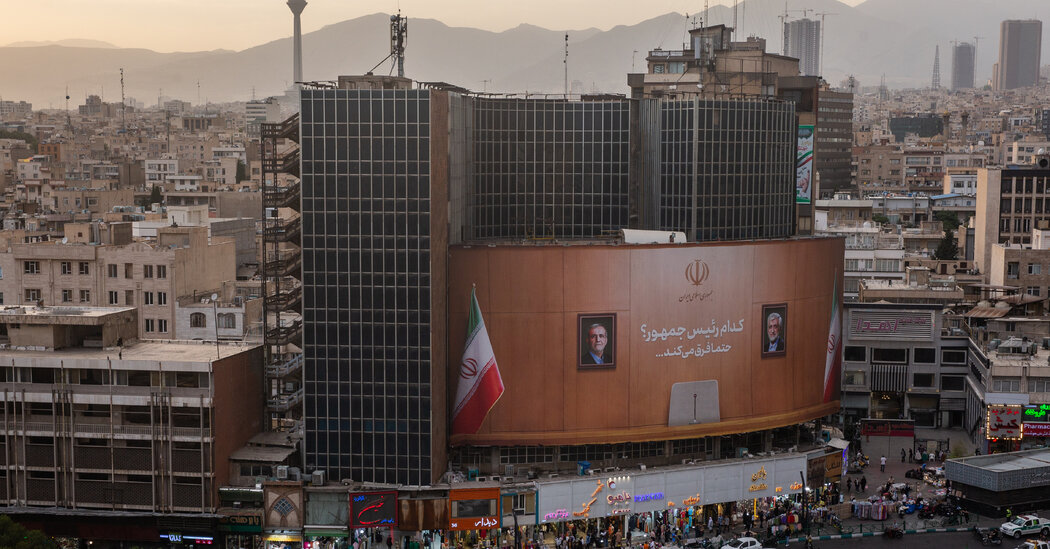Iran’s Runoff Election: What to Know

Two candidates, a reformist and an ultraconservative, will face off in Iran’s runoff presidential election on Friday, amid record-low voter turnout and overarching apathy that meaningful change could happen through the ballot box.
The runoff election follows a special vote held after President Ebrahim Raisi’s death in a helicopter crash in May.
What happened in Iran’s first-round vote?
About 40 percent of voters, a record low, went to the polls last Friday, and none of the four candidates on the ballot garnered the 50 percent of votes needed to win the election.
The reformist candidate, Dr. Masoud Pezeshkian, a former health minister, and Saeed Jalili, an ultra-hard-liner and former nuclear negotiator, received the most votes, sending the election into a runoff round on Friday.
Dr. Pezeshkian advanced because the conservative vote was split between two candidates, with one receiving fewer than 1 percent.
The runoff may have a slightly larger turnout. Some Iranians said on social media that they feared Mr. Jalili’s hard-line policies and would vote for Dr. Pezeshkian. Polls show that about half of the votes for Mr. Jalili’s conservative rival in the first round, Mohammad Baqer Ghalibaf, have been redirected to Dr. Pezeshkian.